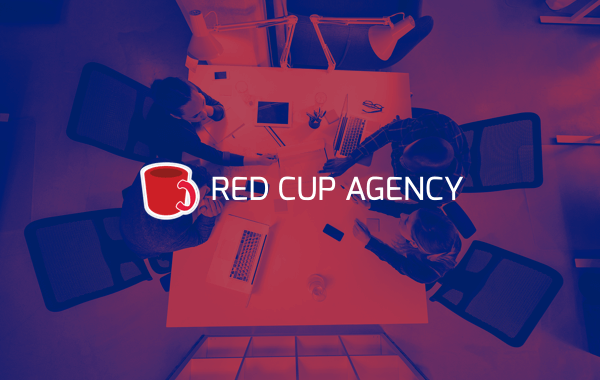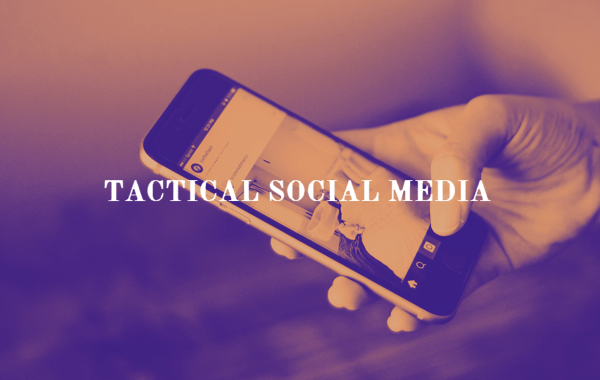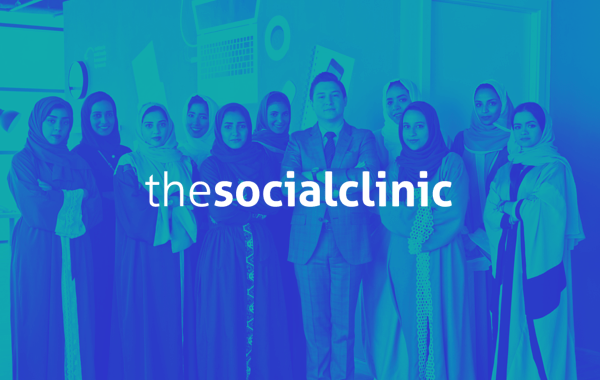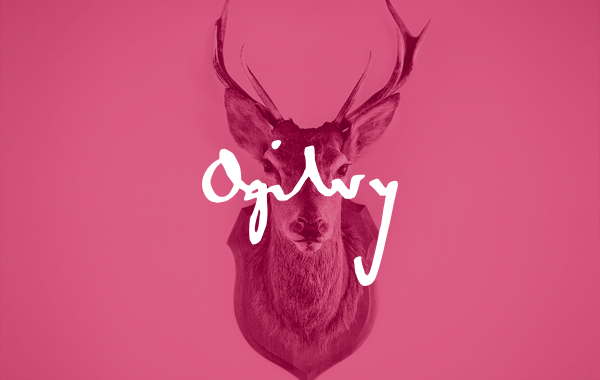Marketing and digital agencies have a lot of challenges when it comes to tools and software.
Some tools will be used by a team of several people, meaning collaboration and access features are often requirements. You’re also working on projects for multiple clients, meaning permissions, settings, and features need to be granular and adjusted on a client-by-client basis.
And with each client’s unique needs can come unique processes and strategies.
Finally, since you’re not doing this in-house, reporting and analytics need to be awesome so you can “report back” and tell your clients how things are going.
But we see lots of agencies using monitoring tools (hint hint: Mention) to really streamline and improve the services they give their clients. From client acquisition to content planning, they’re using monitoring across their agencies.
Here’s a few rockstars and what they’re doing with monitoring, to give you ideas for your own clients!
McCann Worldgroup wins new clients
Members of McCann Worldgroup’s team in Costa Rica use media monitoring to demonstrate what they can do for clients, and win them over as new business in the process. Social listening isn’t that popular in Costa Rica yet, meaning their prospects get even more impressed with the insights they’re able to uncover.
For example, during the pitching process when they’re laying out what the agency can do for a new client, they set up an alert or “project” for that company. Then as the agency and client discuss the different work the agency might be hired for, they can use real examples of crises, press coverage, and online conversations to make a case for themselves.
The insights they glean from this early-stage research can help them customize their pitch to reflect the prospect’s unique problems and opportunities.
For example, when we spoke to Andrea Fallas, their Digital Integration Director, she told us a story that happened with one of their prospects only one week earlier:
“[We found] a crisis. Mention showed us what was happening, and where the crisis began. It also let us assign someone to the crisis and create a timeline, so that we could give a recommendation for a possible response.”
You can do it, too
Don’t wait until a client has already signed with you to start monitoring their brand.
You could be setting up alerts for any prospect that you’re serious about winning over. That way, you start collecting data about your future client sooner, which you can then use to tailor your pitch.
Calvert Street collaborates better
While Calvert Street Group isn’t a digital marketing agency, as a public affairs firm, they’ve had to deal with a lot of the same crisis situations that you have.
With teams and field workers spread out all over the country working on different projects (and sometimes multiple projects at the same time), team collaboration and communication is both crucial and difficult to manage.
“We’ve got a team of campaign managers and field directors assigned to different projects all across the country. We’ve got them all delegated so that as folks get looped in on projects, they’re able to set up their mention alerts and figure out what is relevant to the work they’re doing,” their Digital Content Manager, Lex Bearden, told us.
Given that a lot of the projects that they work on are land-use issues, often with controversy or pushback, monitoring online conversations in real-time is key to putting out fires. Being able to work as a team to monitor, react, and measure what’s going on with Mention is how they do their job:
“Quite a big part of us proving our worth is us being proactive about identifying these conversations that are happening either in local media or in social media, and us being able to sort of taking that information, boil it down to what is most important for them, and present it to them.”
With scattered teams working on each project, they’re able to use collaboration features like shared alerts, task assignments, and more to do all of this from anywhere.
You can do it, too
If you have multiple team members working on the same project, create a plan for how you’ll work together within your monitoring tool. Since you’re able to share data, assign tasks, and complete assignments, you’ll want to decide who’s in charge of what and how you’ll communicate with each other.
Red Cup builds their influencer network
Red Cup Agency helps startups in the education, medical, and food technology industries manage content and PR campaigns. And they’ve been able to build an influencer network full of relationships that help them connect clients:
“We track all internet mentions using Mention. We can pinpoint the most influential voices speaking about you or your brand and go talk to them,” says founder Lee Schneider.
They’re able to use Mention’s influencer dashboard to easily identify who’s talking about the brand and also has influence, then download a report and say, “this is who you need to be talking to online.”
And since they work with clients in similar niches, the relationships they build for one campaign can carry over into other projects.
You can do it, too
The quickest way to build a strong network of influencers is to find your current advocates. See who is already talking about your clients using the influencer dashboard – those are the influencers you want to get more involved. They won’t need to be “sold” on your client, just the collaboration!
Tactical Social Media protects intellectual property
As an agency that provides content marketing among their other marketing services, Tactical Social Media truly knows the power of great content. So when they create their own great stuff, they protect it – and monitoring is a part of that.
Robert Nissenbaum, a social media consultant at Tactical, uses Mention to find people stealing their blog content:
“I monitor specific phrases within a blog post. Or I monitor the title of post. I can tell you at least three times I’ve caught content theft that way. The only other way to find that is to go in and do specific searches, which is tedious…With what I’ve caught off of it, it’s been invaluable.”
When he finds the stolen content, he can then try to either have it taken down or have a backlink added.
Can you imagine how powerful that can be for monitoring any kind of content? If you have premium, or even paid content pieces as part of your marketing funnel, finding stolen content can also help prevent stolen leads or customers.
You can do it, too
When you or your clients create a new piece of content that’s important to your business, set up alerts that can find anyone scraping or stealing it. Use either the content title or key phrases from the content’s body to find other people using the same words elsewhere.
The Social Clinic improves competitive analysis
The Social Clinic is the first social business and social media agency in Saudi Arabia, and it’s setting the bar high for their future competition.
Representing clients across multiple consumer industries, competitive monitoring is key to the insights they provide to clients.
Managing Director Bilal Hallab told us, “If you take your competition, or your client’s competition, as seriously as you take your own client, and you give them an alert, and you think of the keywords very well, I see that clients really appreciate when we pick up the phone and tell them, ‘hey, your competitor has done this campaign. It just kicked off like half an hour ago.’ The clients really appreciate when we are the first to know, because they are the first to know.”
Not only do they help clients keep up with their competitors, they can also use this information to plan and adjust their clients’ own campaigns in reaction.
We’ve talked about this a lot before, but what your competitors are doing can be leveraged in basically every area of your business, not just marketing. So a marketing agency that can provide this much insight proves themselves quickly to a new client.
You can do it, too
Set up general brand monitoring alerts for your client’s main competitors to be the first to know about new marketing initiatives. Use that info to tailor your pitches and strategies.
Get our free step-by-step guide to building a competitive monitoring plan right here
Ogilvy finds new content & coverage opportunities
The Ogilvy team representing FIWARE, an open-source technology initiative, uses monitoring to keep up with their international community in order to find new opportunities. Acting as the press office for FIWARE, the team monitors activity and interest in the community in order to create content covering it.
“It’s really easy to see what’s happening with the project. Even if it’s a newspaper in Serbia, in England, or in Denmark. We can take that and publish it on our website, and share it with the community. Mention is really useful for that,” they told us.
They can also gauge interest in FIWARE in different markets and areas to find new opportunities for the project to grow.
You can do it, too
Monitor the topics you and your clients create content about to find new ideas based on what your audience is already talking about. If collaboration and current events coverage is part of your content strategy, monitoring those topics will also help you find partners and events.
Make your clients happier
Monitoring can help you streamline your digital tools, collaborate better, and find news faster, and overall make your clients love you more. To learn more about how it might work with your specific clients and services, you can request a demo:













